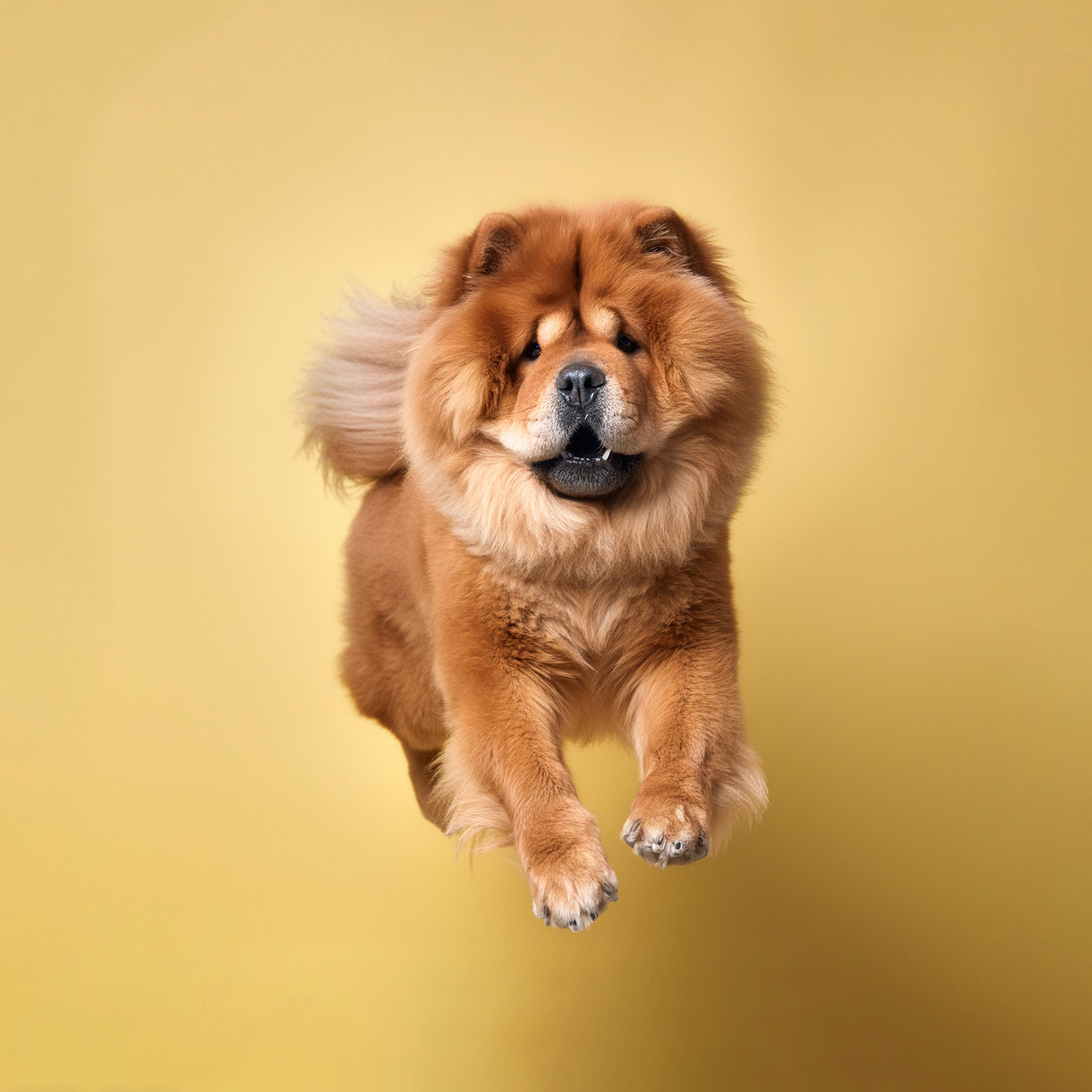Size
The Chow Chow typically stands between 46 and 56 centimeters tall. As for the other physical measures, female and male Chow Chows reach 64-74 centimeters in length.
Weight
Particular cases of Chow Chow weight vary according to genetics, diet, and health status. Nevertheless, in general, an adult Chow Chow weighs from 18 to 31.5 kilograms.
Lifespan
A Chow Chow’s lifespan ranges from 12 to 15 years and is equivalent to about 77-93 years of human life. Nevertheless, remember, these indications are only conditional, and the life expectancy of these valued members of our family depends on a healthy lifestyle and harmonious living environment. The Chow Chow’s lifespan is particularly affected by climatic conditions. In high-temperature conditions, their lifespan may even be halved.
Fur
The Chow Chow is adorned with a thick, double coat. The fur is especially thick on the neck, giving this companion a distinctive look. The Chow Chow’s fur is distinguished by a variety of colors and includes beige, black, brown, and ginger. Covered with thick fur, the Chow Chow requires daily grooming. Special attention should be paid to the cleanliness of the eyes and facial folds.
Chow Chows shed their fur twice a year during the shift of season. To avoid discomfort, it’s essential to provide further care at this time. Simply due to its thick fur, the Chow Chow is an unsuitable companion animal for living in hot climates. Since thick coats are associated with the risk of heat stroke, proper care must be taken to cool the Chow Chow in hot weather.

